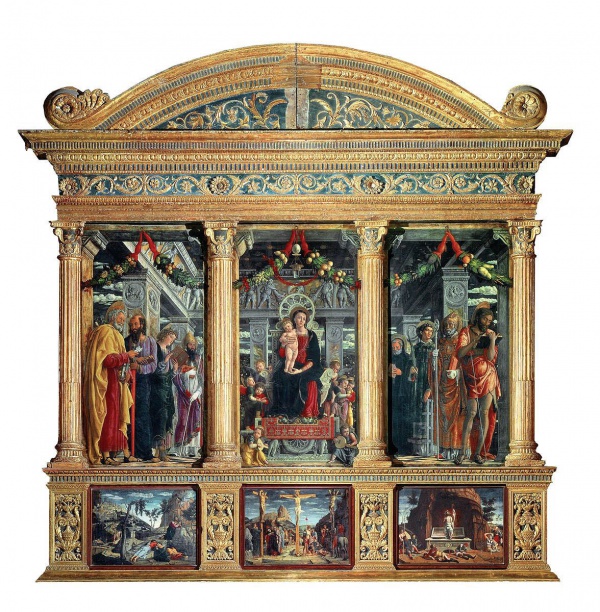Facts About San Zeno Altarpiece
The San Zeno Altarpiece is a remarkable triptych by the Italian Renaissance artist Andrea Mantegna, crafted between 1457 and 1460. It is currently displayed in the Basilica di San Zeno in Verona, Italy.
The altarpiece comprises three panels. The central panel features the Madonna enthroned with the Child, surrounded by angels and saints. Commissioned by Abbot Gregorio Correr, this artwork elegantly merges Byzantine iconography with elements of classical antiquity.
The story of the altarpiece, however, extends beyond its creation. In 1797, the French seized the predellas (the lower panels), and while copies now occupy their place, the original pieces reside in the Louvre and the Musée des Beaux-Arts in Tours, France.
Mantegna's meticulous attention to detail is showcased throughout the composition, from angels holding garlands to a throne resembling a sarcophagus. This altarpiece is considered one of the earliest examples of Renaissance art in Verona and significantly influenced artists such as Girolamo dai Libri. Notably, Mantegna likely designed the original frame of the altarpiece himself.

 France
France